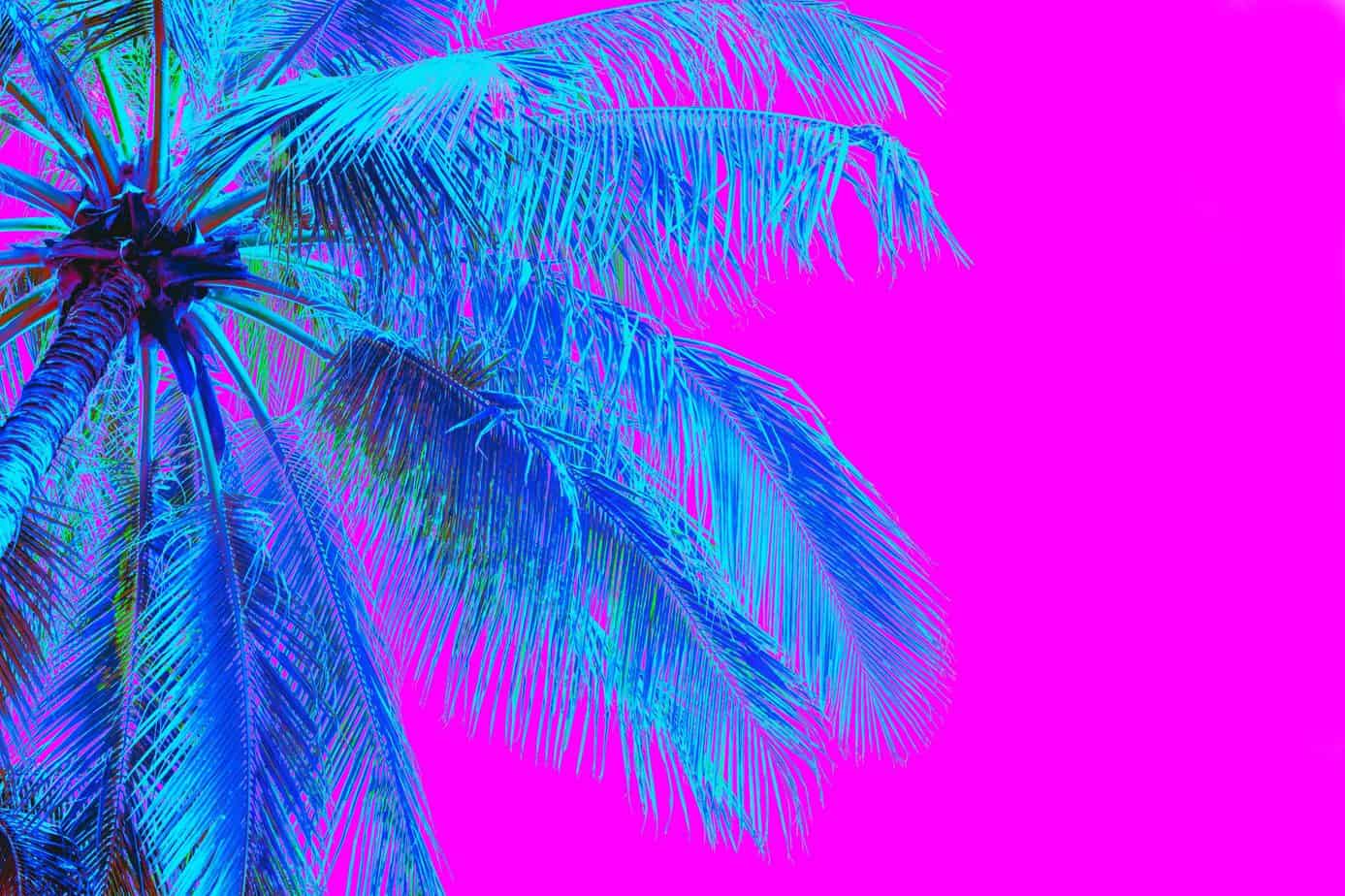No products in the cart.

Have you ever come across a Youtube video or a song that sounds like it came straight out of the 80s? Well, you may have come across a genre called vaporwave and retrowave. Here’s a brief look into the history of this genre to get you up to speed.
Vaporwave and retrowave are distinct genres with a common origin and theme. These genres are “conceptual music”, and were created and popularized by American producer, Autechre, and Japanese composer, Ryoji Ikeda in 2007. They both stemmed from a brief love affair between American music producers and Japanese popular culture, but with a distinct twist. With vaporwave, it is important to note that it is important to note that one cannot determine the genre using music samples alone. Though some of the elements of these sounds appear to be 80s based, such as auto-tuning, there are several distinguishing traits that make vaporwave a genre in itself. The audio samples are never the focal point of a track, rather, they are a form of expression.
Triggered by the success of the rave scene in the 1990s, people who weren’t in on the scene decided to start making music inspired by what they were seeing in their heads. Don’t get me wrong, rave music is sick, but the use of fast-paced tunes as percussion is always a bit jarring. Their first use of this sound would appear around the time when the advent of laptops became commonplace in music production. This was when computers started taking over for samplers and there was a lot of emphasis placed on beats, even in remixes. Two other contributing factors were the globalization of the Internet and the desire to rebel against the mainstream. What about labels?
Many of the earliest vaporwave and retrowave tracks, like “Kodachrome” and “Vape, Vape,” were often bootlegs of popular styles of electronic music in the 80s and 90s. Most notably, some of the earliest vaporwave artists used the chiptune genre to create vintage styles of music, such as “Laika #1” (1993) and “Dispatcher” (1994). Other early vaporwave artists explored the post-rock genre of electronic music, which at the time was dominated by bands like Delerium, with “Rational” (2004) and “The Inn” (2006). To really understand vaporwave, you have to understand retrowave. Retrowave in the present On the other end of the spectrum, retrowave artists also like to explore elements of 80s and 90s electronic music.
Vaporwave is basically the musical representation of an everyday lifestyle in the contemporary era. It’s a genre that is perfect for a hipster, millennial to enjoy. That’s why it has managed to attract the attention of the internet community. By now, most people have come across vaporwave and retrowave. And they’re probably hooked. Keep in mind, these things can grow a cult following and can be taken very seriously by a person who’s into this style. In the end, we all have an opinion on what we like and what we don’t. So, why don’t you enjoy vaporwave music and watch a few Youtube videos. You might be surprised at how much you really enjoy it!
